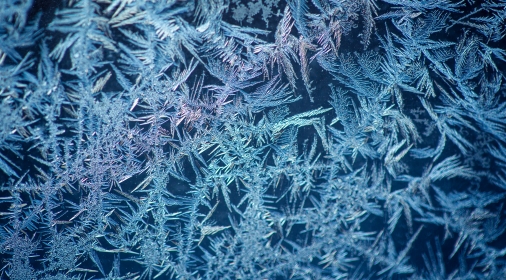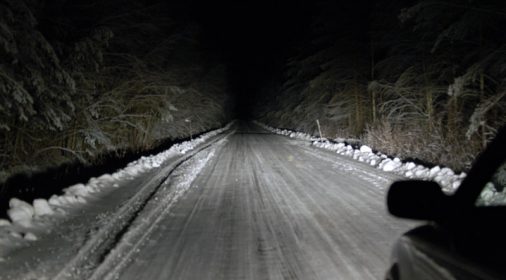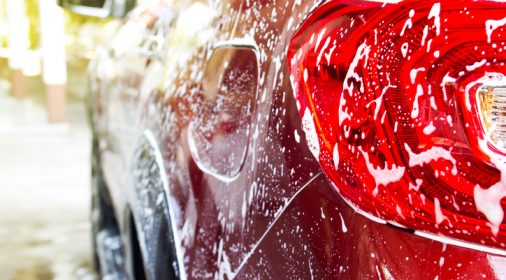Winter Driving Hazards
As the colder weather begins to set in, so does more dangerous driving conditions. It is important to prepare for the colder weather, and know what to do to keep yourself safe.
Snow
Snow can be one of the hardest conditions to drive in. It is always recommended to avoid driving where possible when there is heavy snow. But, if you do need to go out in it, be sure to clear your roof, lights and number plate of any snow. You will also need to drive at a reduced speed, and be careful not to make sudden changes to speed. Slowing down and being gentle on your brakes should help you to drive safer.
Ice
Ice on the road isn’t always even. You may find ice in isolated patches, and not all over the roads. On an icy day, your car is likely to have less grip on the roads. This will increase stopping times, and so you should be careful to leave more distance between you and the car in front. You should also slow down when driving in ice, especially on bends and corners.
Lower visibility
This can be created due to many conditions including fog, glare and ice. If your car is iced over, ensure you deice all of your front windows. If you only deice a small are limiting your vision and risking a serious accident. During the winter months, the sun can seem low and cause glare from the road. In this situation, you should slow to a speed where you can control the car quickly, should you need to. Make use of your sun visor and slow down.
Salt
Road salt is used over the winter to make our roads safer from snow and ice. Although salt works great, it can be very harmful to your car. The salt can be corrosive. In order to prepare your car for this, check out our How to Care For Your Paintwork in Winter blog.
Aquaplaning
Aquaplaning is caused by driving too quickly into surface water. This means that your tyre treads cannot channel enough water away, causing a layer of water to build up between your tyre and the road. This then causes you to lose control over the speed and direction of your car. When you see that you are approaching surface water, you should slow down. Keeping on top of your tyre pressures in the winter months will also help.
Flooding
With the winter bringing increased rainfall, we are more likely to see flooding on the roads. Where possible, you should avoid a flooded road, as this can have serious implications on your vehicle. If you have no choice, try to avoid the deepest areas (normally closest to the kerb), and slow down. Once you are through the water, check your brakes are working immediately.
While winter weather can look pretty and festive, it is important you take care when driving. This is for your own safety and the safety of other road users.






